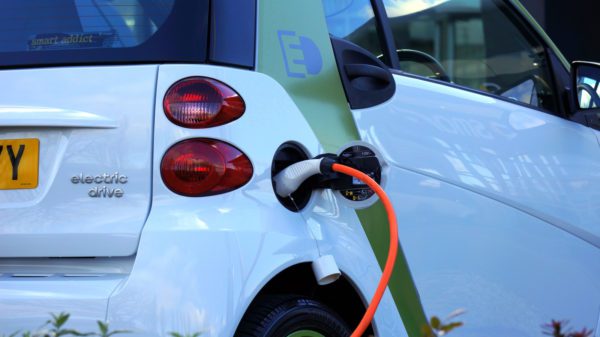Is technology the answer to world hunger? For most of us, eating a nutritious meal isn’t a question of when but a matter of choice. But for 795 million people, the question of whether or not they will have something to eat today is a harsh reality. Fortunately, many world service organizations are determined to find a solution to world hunger, and they are turning to technology for solutions.
1. Social media
Unlike traditional campaigns that pay third parties to promote it, social media gives you total control of your message, infrastructure, contacts, and duration — all in real time and at a fraction of the cost.
Founded by Dr. Ambuj Jain, the Feed a Billion organization is committed to providing one billion meals to those in need worldwide by November 2020. Since its launch in May 2016, FAB has provided 1.3 million meals with a promise from businesses to provide three million more.
The rapid success of this campaign is largely based on the power of social media and on the commitment of corporations to match funds donated by individuals. Donations are used to purchase meals prepared by existing organizations who already have the infrastructure in place to provide meals to the local community but need funding to operate.
Out of the 795 million people in the world lacking sufficient food, 42 million of them live in the U.S. “We want to make a significant impact on this problem,” Dr. Jain said. “And by doing so, to pioneer newer and more effective ways for all of us to maximize our ability to achieve philanthropic goals.”
Feed a Billion is pioneering a new model to leverage existing resources, partnerships and the power of matching sponsors to bring the cost of contributed meals down to 10 cents each.
2. Mobile technology
Through cell phone recycling programs and expanded access to cell phone service, many organizations can equip needy families with mobile phones. With mobile technology, organizers use this device to transfer donated cash or food vouchers collected through worldwide volunteer efforts for the family to purchase food from designated merchants or food banks stationed locally, thus eliminating the risk of delayed funds or food and supplies not being distributed where it is most needed.
On the production side, cell phone access enables local farmers to gain easy access to information vital to producing a sustainable crop. A basic, two-way text messaging system shares weather forecasts, fertilizer and seed price changes, and information on pesticides. Access to such information can determine if a farmer needs to irrigate, for example, or if winds or extreme weather is approaching that requires covering or protecting crops.
“More than half of the planet’s arable yet unused farmland is in Africa, where millions of small farmers lack access to basic infrastructure and information,” said National Geographic contributor Dan Glickman. He explained that by empowering small farmers with information and with cell phone technology, we can raise millions of families out of hunger and poverty.
3. Sustainable farming methods
Although some may view farming as a step away from technology, others see sharing knowledge on adaptable farming methods as the key to reducing, if not eliminating, world hunger. Until the day comes when we can make 10 copies of a plate of ultimate nachos to share with others, promoting innovative, sustainable agricultural methods has enabled farmers in impoverished countries to feed their families and make a living.
Scientists with the Worldwide Institute suggest the focus should shift from producing more food to meet the world’s growing need to exploring more effective ways to address food security issues and climate change. Only then can organizations bring about change through self-sufficiency.
“As we talk about all these innovations, it’s important to remember that farmers aren’t just farmers: they’re businesswomen and men, they’re stewards of their land, and they’re educators passing on their knowledge to others in their communities,” said Danielle Nierenberg, Food Tank co-founder. By introducing methods that work with the environment, organizations are not merely providing a short-term fix. Instead, they are providing a means that enables farmers to provide food for their families while generating income over time.
4. 3D printed food
Although the costs of printing a delicious dinner remain beyond the reach of consumers, engineering efforts persist to streamline the process of printing three-dimensional food. With the help of a grant from NASA, Anjan Contractor, a senior mechanical engineer at Systems and Materials Research Corporation is researching methods to reduce the primary nutrients in food — the fats, proteins, and carbs — to powder.
“He believes that the substance can then be mixed with oils and water to make food substitutes by way of a 3D-printer extruder,” writer Matthew Young said. The end goal is a sustainable and safe way for people, who don’t have access to fresh ingredients, to produce food.
Everyone deserves good health and good nutrition. And today’s health organizations are working hard to guarantee that right worldwide. By adapting modern technology to meet the needs of the world’s hungry, organizations are moving closer to making the vision of a hungry child an image of the past. We may be able to end world hunger yet.


























